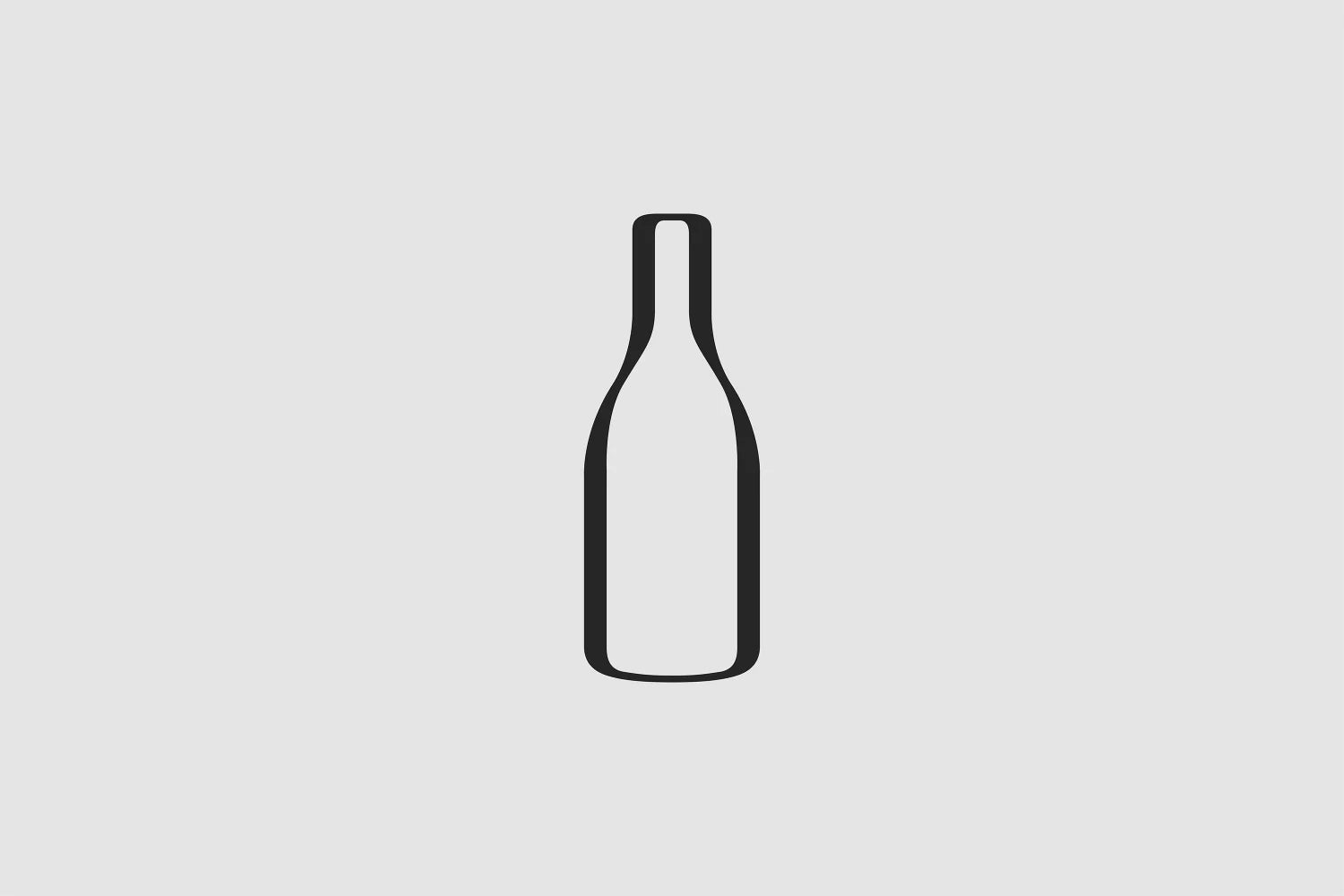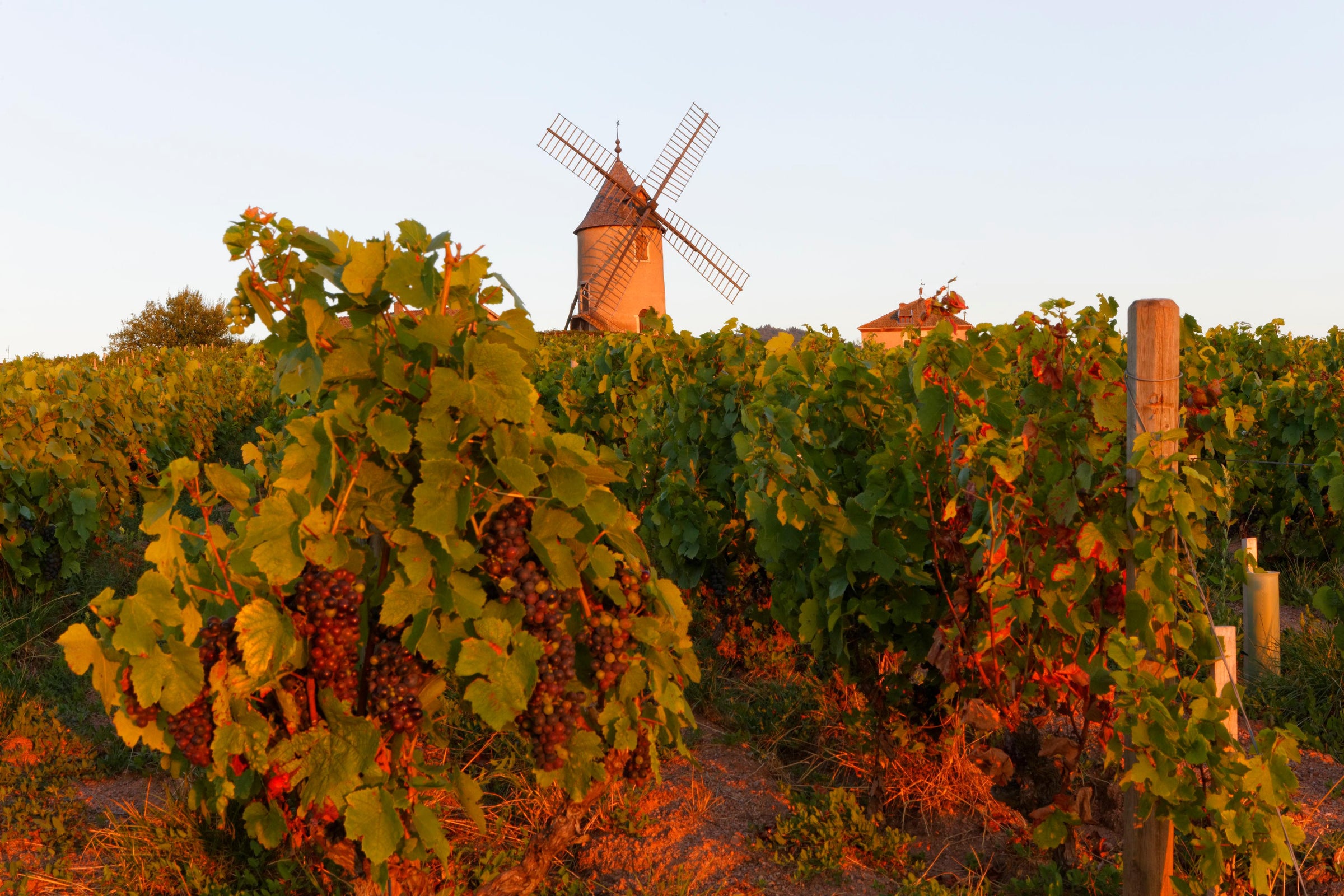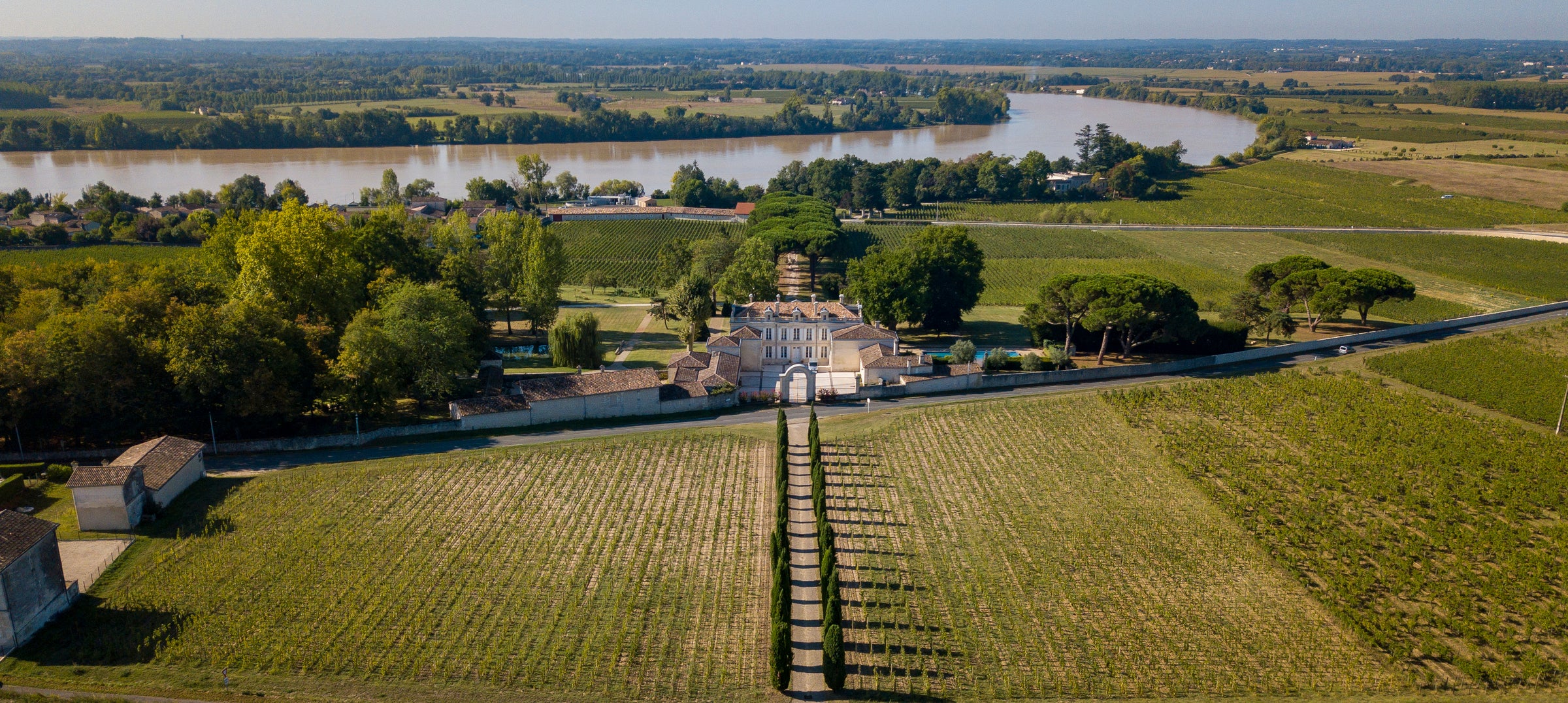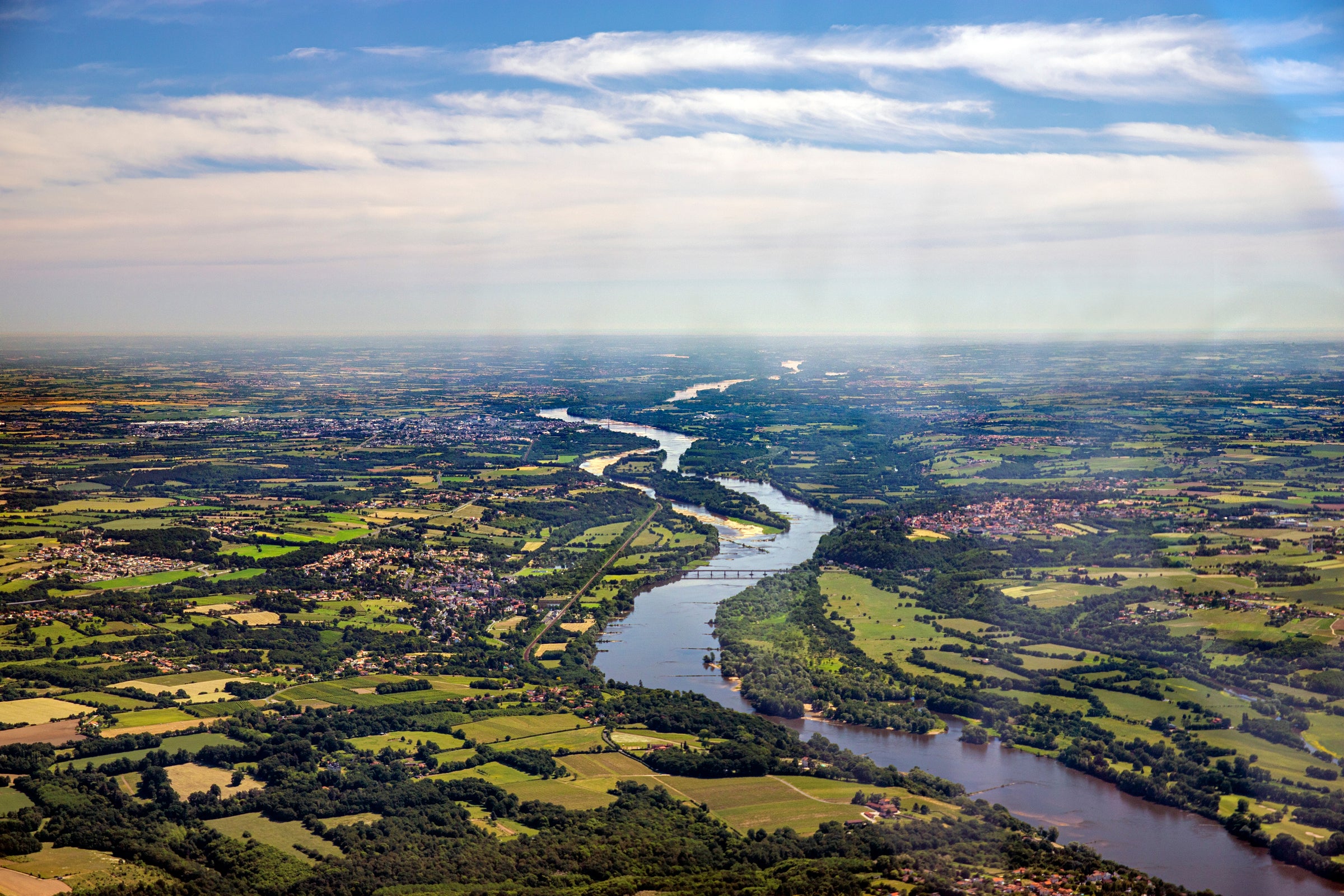As we’ve noted before, Champagne Paul Déthune is one of the true ambassadors of the village of Ambonnay, which anchors Champagne’s Montagne de Reims sub-region. Pinot Noir is the dominant variety here, and Ambonnay is one of its many villages whose vineyards are designated Grand Cru (in fact, 11 of the 17 Champagne villages with a Grand Cru designation are on the Montagne de Reims). Along with its neighboring village, Bouzy, Ambonnay is known for full-bodied, darker-toned Champagnes that speak of perhaps the ripest, most structured Pinot Noir grown in Champagne.
Current-generation proprietors Pierre and Sophie Déthune organically farm just 7 hectares of vines in Ambonnay, embodying the spirit of the récoltant-manipulant, or ‘grower-producer’ – more and more of whom are finding enthusiastic fans in the US. And what’s not to love? It’s not so much a repudiation of big Champagne houses, who blend wines from all over Champagne, but rather an embrace of the small, the feisty, and, perhaps most important, the site-specific. Champagne has long been defined by great ‘brands,’ but these days some village names carry as much weight on a label as producer names. Ambonnay (also home to sommelier-favorite Egly-Ouriet) is one of them.
For this non-vintage cuvée – their flagship wine, the introduction to the house style – the Déthunes blend 70% Pinot Noir with 30% Chardonnay from the limestone-rich soils of Ambonnay, and they incorporate a rather large percentage of reserve wine (from 30 to 50 percent) in the blend, lending the wine its signature depth and grip. It’s a forceful, textural, opulent style of Champagne. It’s a deep straw-gold in the glass, and it seduces with aromas of brioche dough, red fruits, crushed gravel and warm spices. On the palate it has a creaminess born not just of ripe fruit but of extended lees aging, the overall effect quite powerful, brooding. To me this isn’t an apéritif Champagne; this needs to be on the table with food, as all too few Champagnes are allowed to be. It would be a great cheese wine, a fantastic partner for richer seafoods, but really what I think about when I taste this wine is the ultimate in ‘high-low’ pairings: Fried Chicken. If you haven’t done the Champagne-and-fried-chicken thing, now is the time! Serve this well-chilled (but not *too* chilled) in regular white wine glasses (ditch the flutes here) and experience Champagne in a new way. It’s wine – treat it that way!





